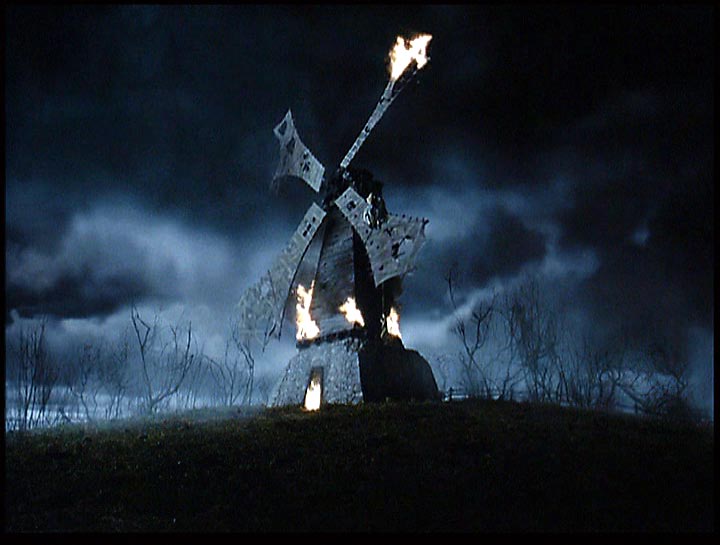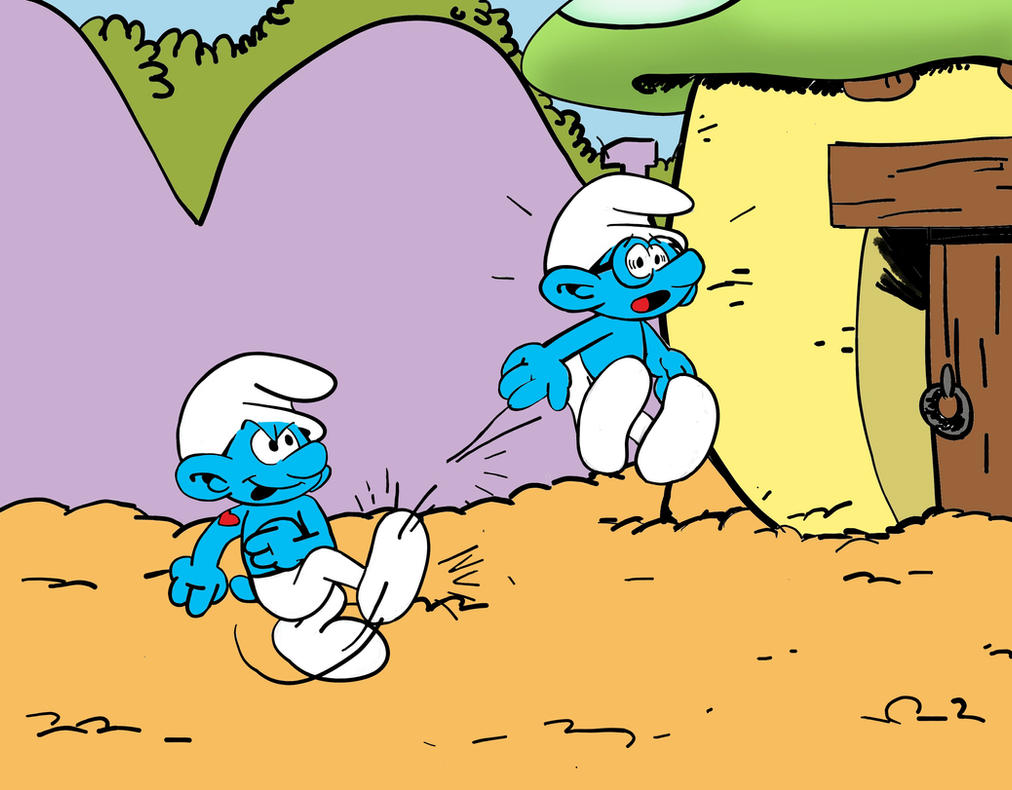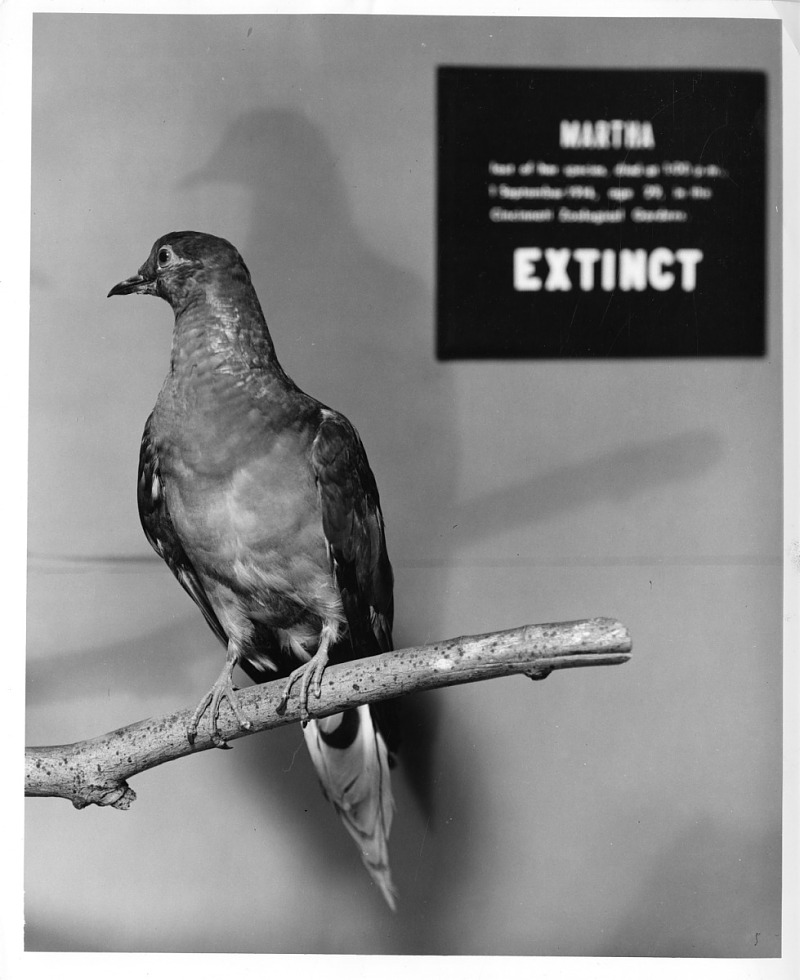Tuesday, December 29, 2015
THE NIGHT IT RAINED FROGS!!
Thursday, November 26, 2015
LOUIE LOUIE!
Saturday, November 21, 2015
An Interloper in a Land of Ghosts
Sunday, October 11, 2015
A Native American Legacy
Sassafras is a plant, known by many names. In Québec, (where many Louisiana residents have distant ancestors), it was called "Laurier des Iroquois," after one of the local Native American tribes, hostile to the French settlers, who introduced it to the French colonists there. It is most probable that immigrants to Louisiana from Québec brought the sassafras with them.
The root bark is used to make medicine: Sassafras has been used as a treatment (not a cure!) for urinary tract disorders, swelling in the nose and throat, bronchitis, high blood pressure in older people, gout, arthritis, skin problems, and cancer. It is also used as a tonic and “blood purifier.”
Some people apply sassafras directly to the skin to treat skin problems, achy joints (rheumatism), swollen eyes, and sprains and sassafras oil is also applied to the skin to kill germs and head lice. It has also been used by Native Americans to treat and relieve the stinging of insect bites and stings, including, interestingly enough, the wasp-sting symptoms of syphilis, a disease known to have been brought back by Columbus' crewmen upon return from their first visit to the New World in 1492.
Immediately after Columbus's return, an epidemic of syphilis hit Europe, infecting fully ⅕ of the population at one time. Called the "French Disease" at first, the French no doubt introduced the disease back into the New World as Canada and Louisiana were colonized.
As for sassafras, its real beneficial medicinal effects have yet to be proven scientifically.
Safrole is an oily liquid typically extracted from the root-bark or the fruit of sassafras plants in the form of sassafras oil. Due to its role in the manufacture of MDMA, an illegal drug known as Ectasy, demand for safrole is causing rapid and illicit harvesting of the Cinnamomum parthenoxylon tree in Southeast Asia, in particular the Cardamom Mountains in Cambodia.
In the United States, safarole was once widely used as a food additive in root beer, sassafras tea, and other common goods, but was banned by the FDA in 1976 after its carcinogenicity in rats was discovered.
So, perhaps it is best that, just as Coca-Cola no longer contains cocaine, Barq's, thankfully no longer has sassafras, and neither do any known root beers manufactured anywhere. But the earthy flavor that hardens back to the old days, like everything else, is artificial and imitation, and those of us who love that flavor can lift our glass to the Native Americans who came before us, and thank them for such a wonderful legacy — the legacy of Root Beer.
MEDICINES BECOMES REFRESHMENT
Monday, July 27, 2015
A Horse Carriage in Old New Orleans
Sunday, July 26, 2015
The Night of BLUE MOON!

Tuesday, March 17, 2015
MONSTER !!!!!

Out of the town he sped, as fast as he could run. Fleet of foot, the din and clamor of his pursuers grew steadily as he neared the edge of town. There, just ahead of him, in a nearby farmer's field, was a huge windmill. In desperation, he ran toward it, mounted a ladder, and headed up the tower. A twisted grimace of sheer terror contorted his hideous face, as up, up, and ever-more upward the ladder he climbed, toward the imagined safety of the mill's lofty shelter.
Soon enough, the old mill began to burn, and as it did, the fright of the monster
increased, and his cries grew more plaintive as the flames rose ever higher.

Finally, the blades of the mill themselves caught fire, and then slowly,
eerily, they began to turn.
feeble gestures of defiance.
The ugly mob below began to shout and cheer the imminent death of the different one -
and no one realized that the real monster afoot that night was none other than
themselves – the mob!
Only one lone voice cried out:"Let he who be free of sin cast the first stone!"
His voice went unheeded.
But now it was too late: the base of the mill began to crumble, and the tower shifted
and tilted slightly, creaking as it did so. A shower of sparks suddenly rose skyward.
The creature let out one final scream of pain and sadness, and toppled headlong into
the blazing embers. Soon enough the burning body crashed through the fire and onto the
ground. The crowd closed in on the now-smoldering corpse, and one villager boldly ran
forward and up to the creature - and plunged the tines of a pitchfork into the creature's
lifeless body. The men cheered, as if they were victorious. No one among them wept for
the monster.
It was over - at least for now.
There would be more, for there are always different ones among us that MUST be
eradicated, but at least for today, the villagers' blood-lust had been satiated.
Tomorrow would be another day...
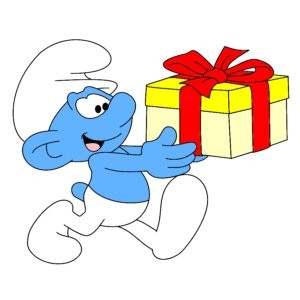

Note: other Smurfs got away regularly with naughty pranks.
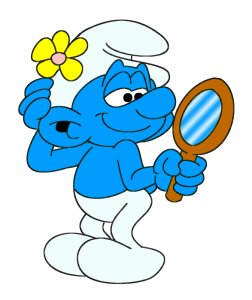
- EVEN "VANITY SMURF" was OK.... Just not being a "smartie."
Sunday, March 15, 2015
Sunrise in the Land of the Rising Sun
WHOZYSTAN??
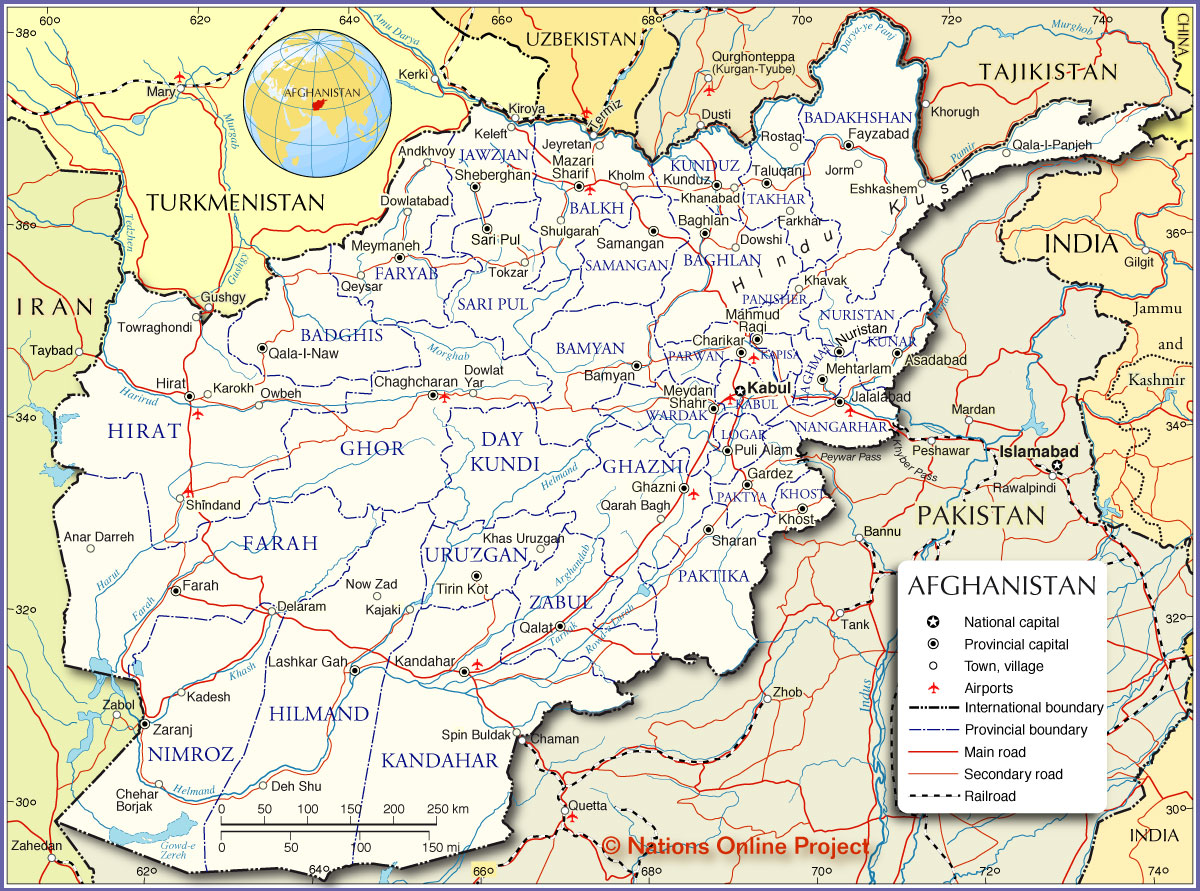
I love geography. I always have. In fact, when I was a little kid, I had many books, and, right up there with "Mother Goose Nursery Rhymes" and "The Three Little Pigs" was a Geography book. It showed volcanoes and oceans, and people who live in faraway places.
They all said practically the same thing.
